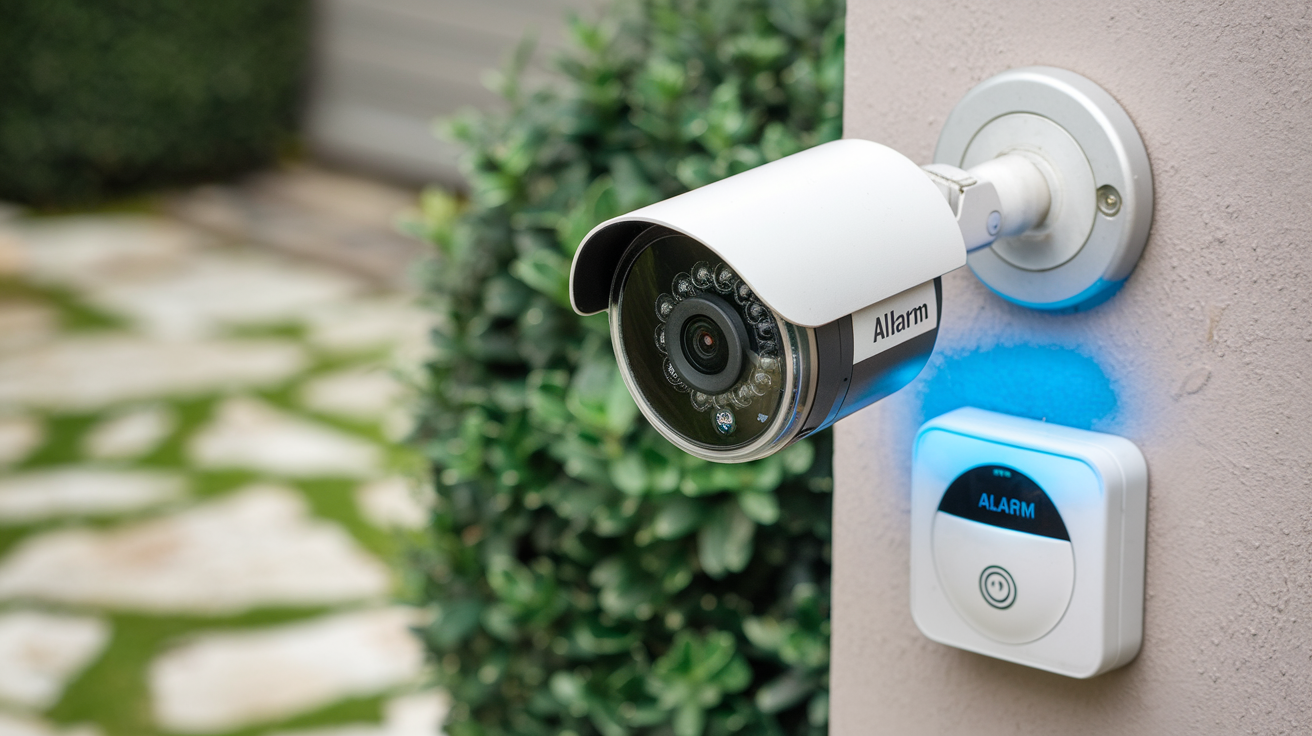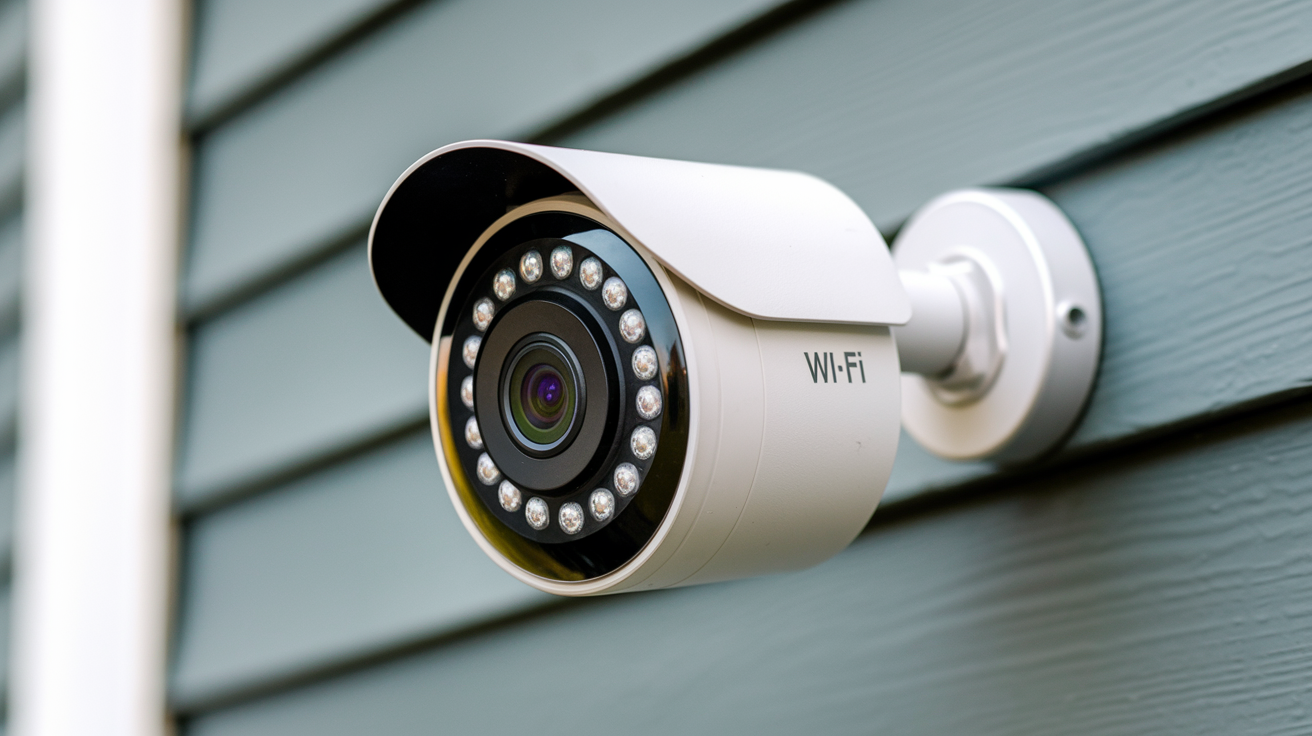Sometimes people might have more positive feelings, and other times they might have more negative feelings about safety when thinking about New Jersey. Some may have a negative image of urban areas such as Newark or Camden with crime rates in mind. However, the fact of the matter is that a majority of the locations in New Jersey are safe. This blog writing will therefore look at crime data and safety indicators in today’s society and the various regions in this state.
Statewide Crime Rates
New Jersey is one of the safest states in the United States of America as per the FBI Uniform Crime Reporting statistics which indicates the low rate of violent and property crimes. The state boasted of 238 violent and 1,759 property crimes for every 100,000 inhabitants. These two rates are still lower than the national rates (violent crime, 379 per 100,000 people, and property, 2,199 per 100,000 people). The violent crime rate in New Jersey stands at 176.1 per 100,000 residents, making it the 5th safest state in the country.
When analyzing the crime rates of New Jersey over time, it can be reported that this state conforms to the general tendencies of the USA and has experienced an overall crime rate decline during the last two decades. Exploding violence in Cleveland and property crimes have been reduced by more than half an era from the early 1990s. Many of these changes can be attributed to the improvements in policing strategies and methods, the use of community-style crime prevention programs, technological advancements in security measures, and the societal and economic factors that offer increased opportunities for youth in high-risk situations.
Urban vs. Suburban/Rural Areas
Like with most states, crime levels are emphatically higher in urban areas than in suburban or rural areas in New Jersey. Homicide rates are generally higher in New Jersey urban areas such as Camden, Trenton, Newark, Paterson, and Atlantic City because factors that correlate with high crime include high rates of poverty and high gang membership. The risk of violent crimes in these cities is slightly higher and ranges between 2 to 4 times as compared to other cities in the state.
However, out of 21 counties in New Jersey, most of them have little to no incidents of crime rates that are comparable to some of the most secure regions in the country. The overall crime rate discussed above indicates that the violent crime rate in all the affluent suburban counties of New Jersey including Hunterdon, Somerset, Morris, Bergen, and Middlesex is less than 100 per 100,000 people. These numbers are actually on a par with such low-risk locations as Vermont or New Hampshire. The rural areas too are less populated and, therefore, people are free from the worry of insecurity.
Why are the majority of areas in New Jersey considered secure?
What is, however, inhibiting New Jersey from experiencing much higher crime rates such as those in the neighboring city of Philadelphia which has a similar population density?
More availability and better quality of jobs – New Jersey has ranked 2nd in Median household income in the United States; More people in New Jersey are financially stable and have better access to job opportunities
Fewer unemployed people - the unemployment rate has been below 5% in recent years, which reduces the number of people committing crimes to finance their lifestyle.
High education levels – An average of 36% of the adult population in the two states has a bachelor’s degree or higher education This is the second highest in the United States after Massachusetts and education has been known to reduce crime levels.
Security forces – Many large police departments are staffed with highly trained officers and equipped with the latest technologies and equipment and employ community policing strategies, which involve the prevention of criminal activities before they happen rather than waiting for crimes to occur and then investigating them.
Little public acceptance of guns - NJ is ranked 2nd in the country in terms of gun ownership. With a reduction in the number of firearms available, a corresponding reduction is experienced in the number of firearms-related crimes.
Steady policy-making – Leaders keep enacting laws that seek to address crime, including gangland crime and recidivism, reinforced after-school care, and the removal of stigma around mental health treatment.
All in all, competent governance, and good economic and social conditions lead New Jersey to have a very small crime rate for most parts of the state. There are still problem areas where crime exists but overall the trend has been one of gradual increase in safety over time and has been ranked among the safest places to reside across the country.
New Jersey is commonly jokingly referred to as the ‘Armpit of America’, but when it comes to the majority of towns and cities, the statistics reveal that they are extremely safe with crime well below the national average. Creating such a secure environment to raise generations of children and to do business did not happen in a single day but rather in generations of effort. Thus, turning to data, New Jersey can avoid such misconceptions in the future while, at the same time, making people aware of the progress realized.






